Optimal Timing for Deer Fence Installation
Timing plays a crucial role in the effectiveness and durability of deer fence installations. Proper scheduling ensures optimal conditions for installation, reduces potential disruptions, and enhances the longevity of the fence. Understanding seasonal weather patterns and deer activity cycles can help determine the most suitable time for installation.
Spring offers moderate weather conditions, making it ideal for installing deer fences before peak deer activity begins.
Summer provides longer daylight hours and warm weather, but heavy rain can delay installation processes.
Fall is suitable due to cooler temperatures and decreased insect activity, allowing for efficient installation before winter.
Winter is generally less favorable due to frozen ground and harsh weather, which can complicate installation efforts.

A newly installed deer fence during spring, utilizing mild weather for optimal setup.
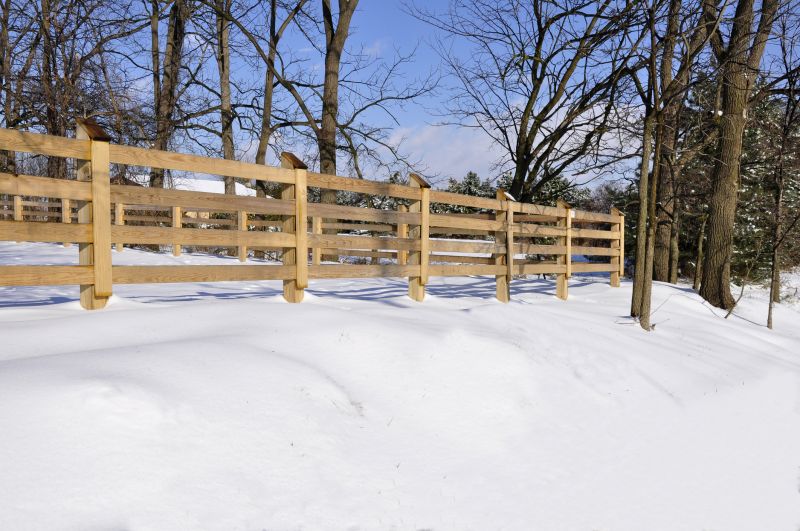
Installation underway in summer, with workers managing weather challenges.
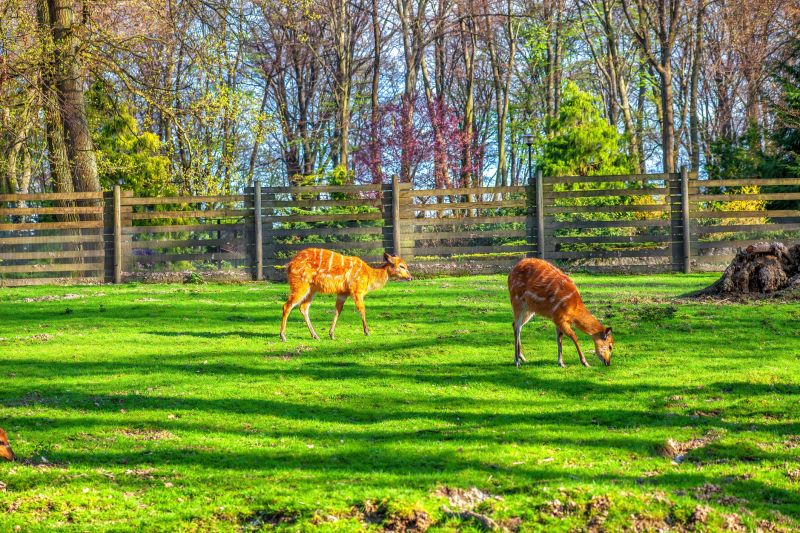
Fence installation in fall, preparing for winter deer activity.
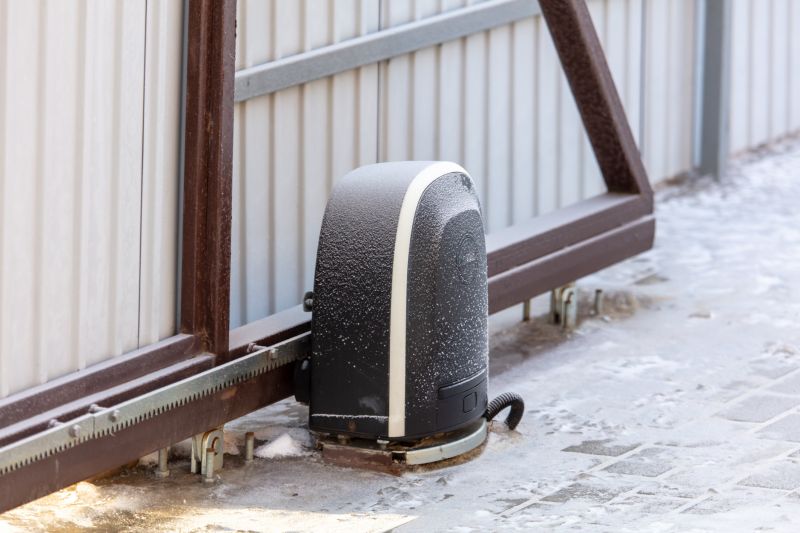
Frozen ground complicates winter installation efforts.
Deer fence installations are a common method for protecting gardens, landscaping, and agricultural areas from deer damage. Proper installation not only prevents deer from entering but also minimizes damage to plants and property. The process involves selecting appropriate fencing materials, ensuring proper height and tension, and anchoring the fence securely into the ground. The timing of installation impacts both the ease of setup and the fence's effectiveness, with seasonal considerations influencing the choice of the optimal period.
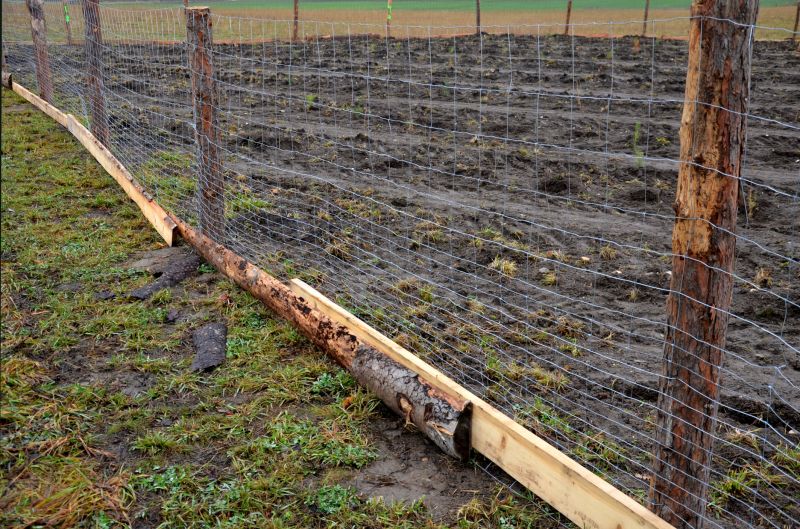
Various fencing materials are used for deer fences, including wire mesh and polyvinyl-coated options.

Tools and equipment essential for installing durable deer fences efficiently.

A finished deer fence protecting a landscaped yard.
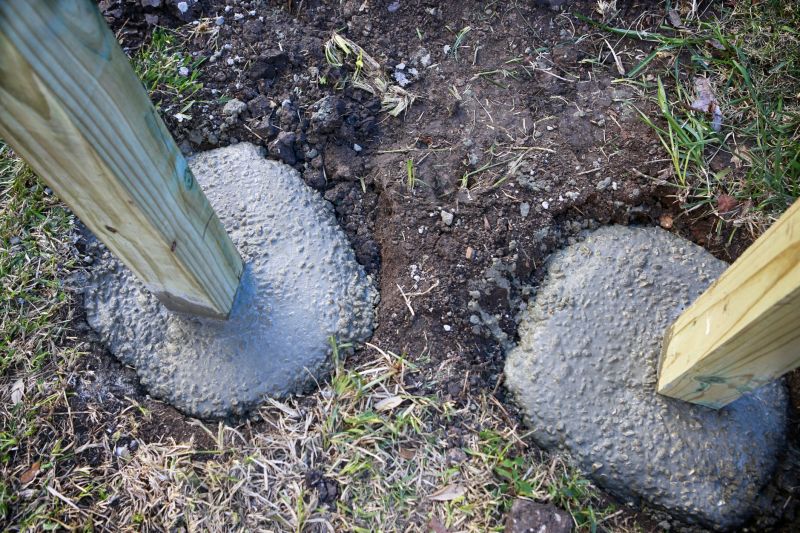
Securing the fence into the ground to withstand deer pressure.
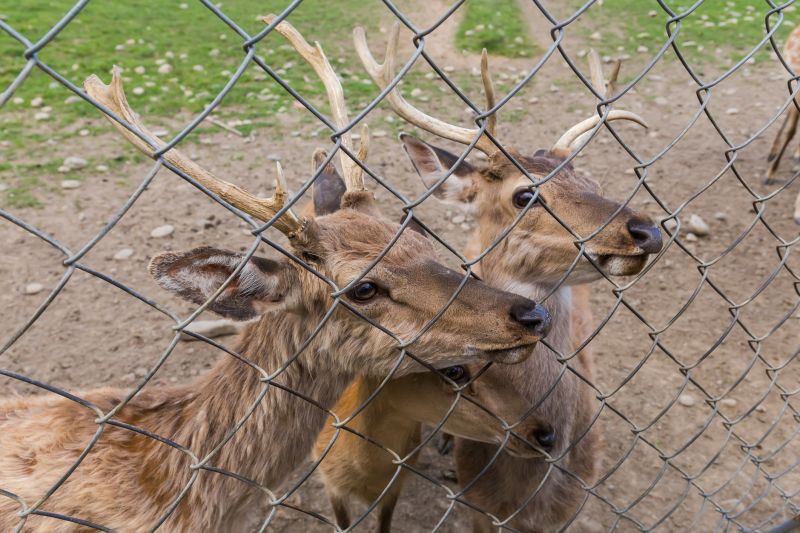
Ways to make Deer Fence Installations work in tight or awkward layouts.

Popular materials for Deer Fence Installations and why they hold up over time.
| Season | Advantages |
|---|---|
| Spring | Ideal weather, before deer activity peaks, easier ground conditions. |
| Summer | Longer days, quick installation, but potential weather delays. |
| Fall | Cooler temperatures, less insect activity, prepares for winter. |
| Winter | Less favorable due to frozen ground and weather challenges. |
Choosing the right time for deer fence installation depends on local climate conditions, deer activity patterns, and project scope. Proper planning ensures the fence remains effective throughout the deer’s active seasons. Seasonal considerations can influence the durability and maintenance needs of the fencing system, making timing a key factor in successful deer management strategies.
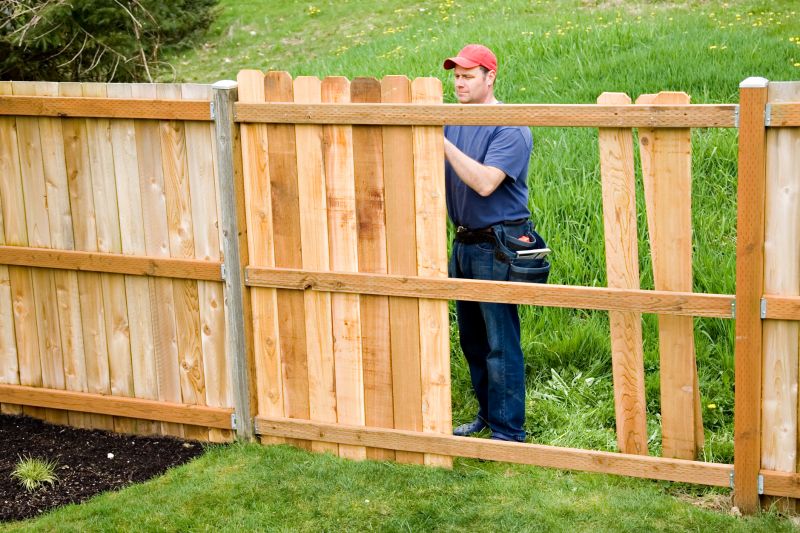
Workers installing a deer fence during optimal weather conditions.

Inspecting and maintaining deer fences after installation.
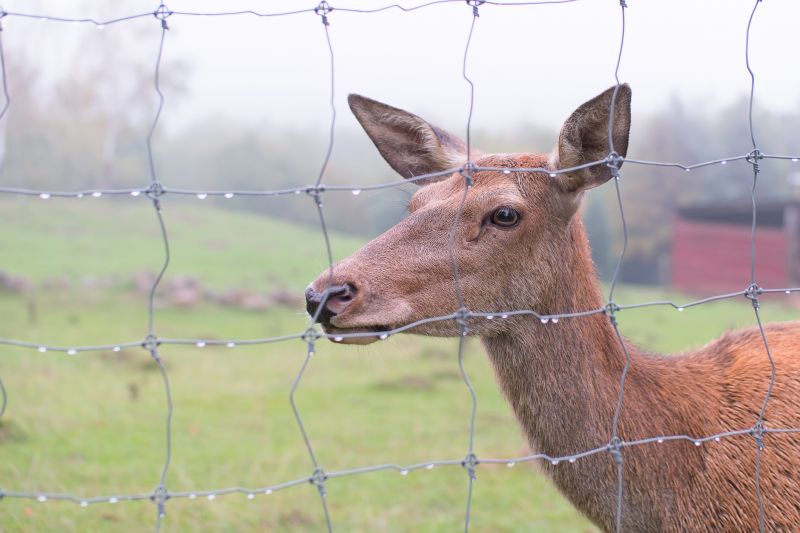
A deer fence integrated into a landscaped property.
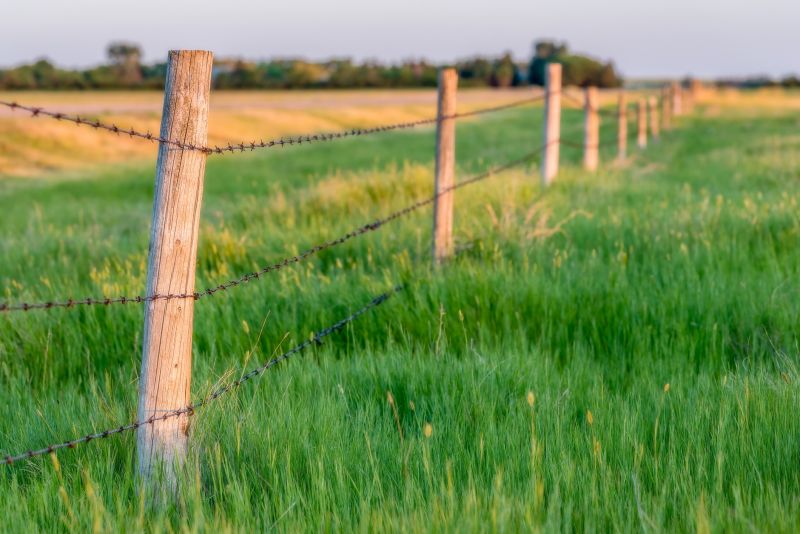
Limited winter installation due to ground conditions.
Interested in deer fence installation services? Filling out the contact form can provide additional information and assistance for planning and scheduling the project. Proper timing and installation techniques are essential for effective deer management and property protection.



